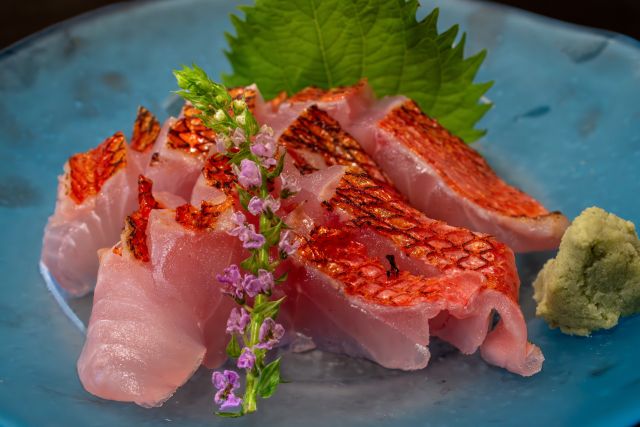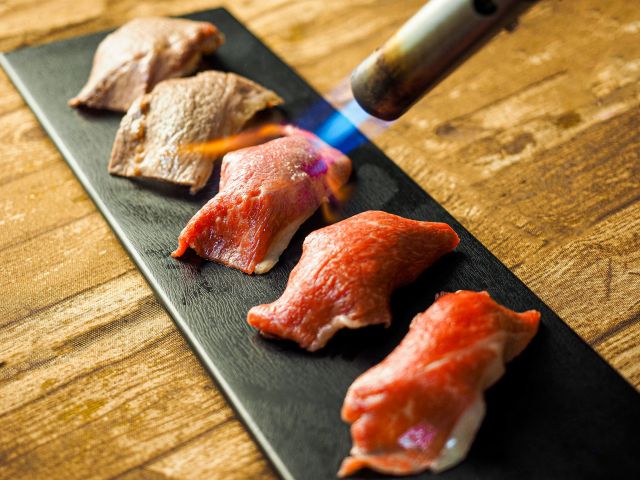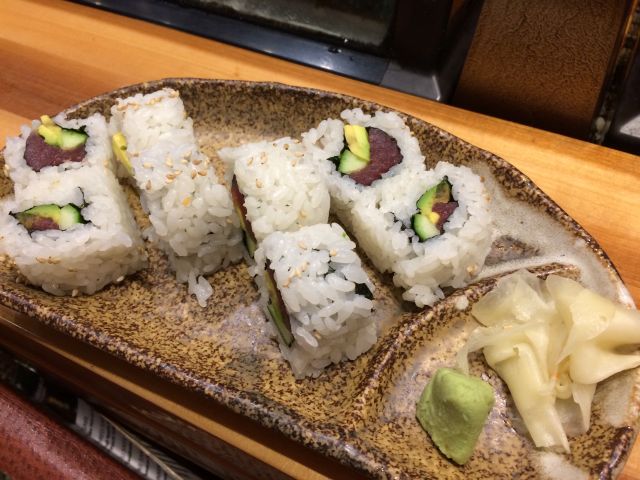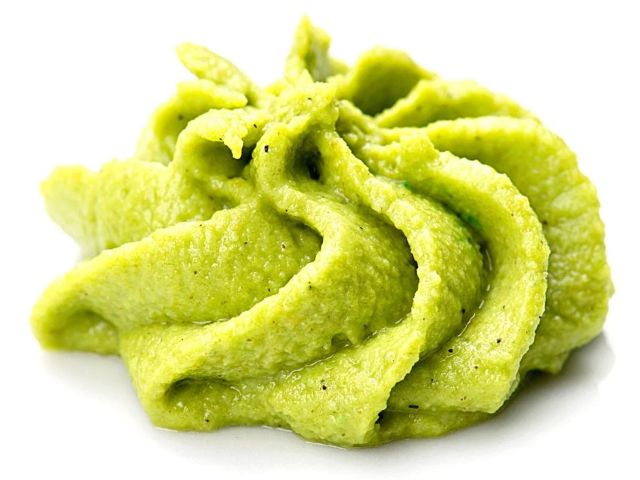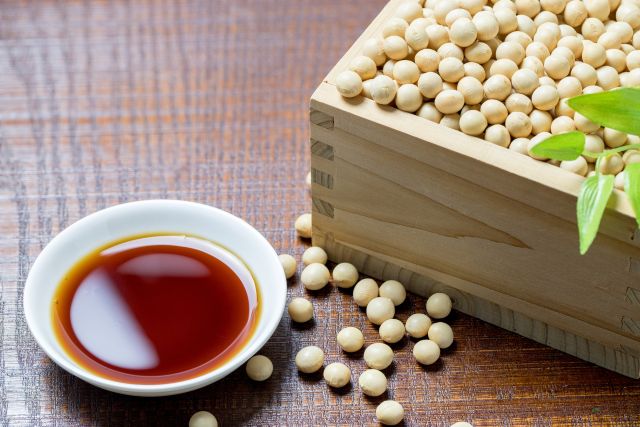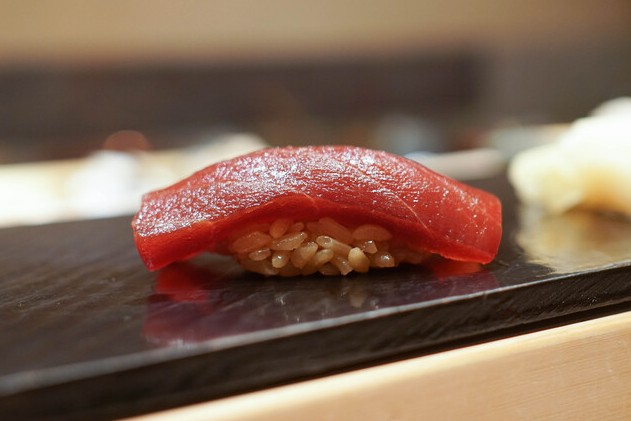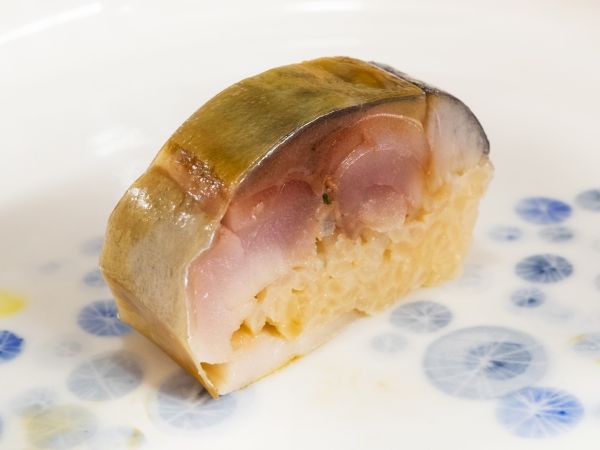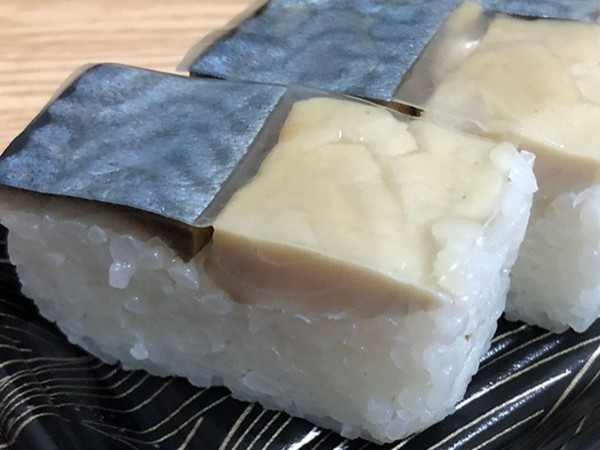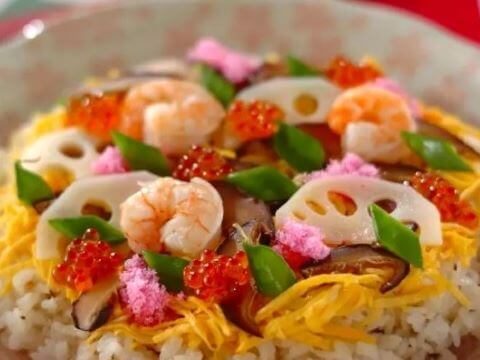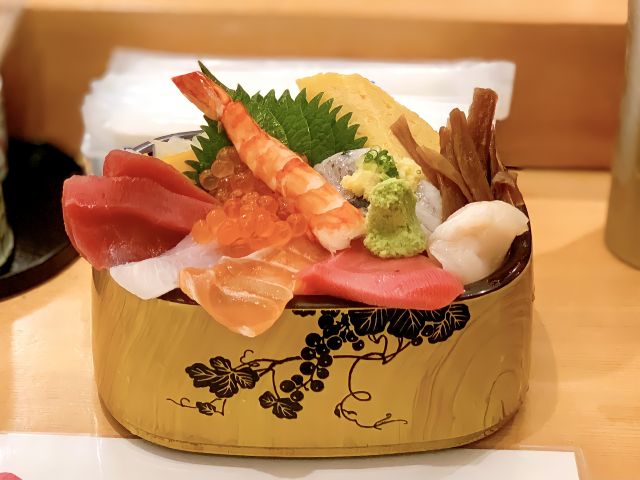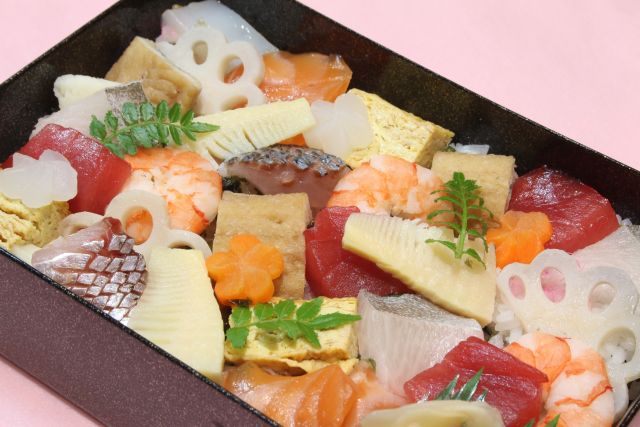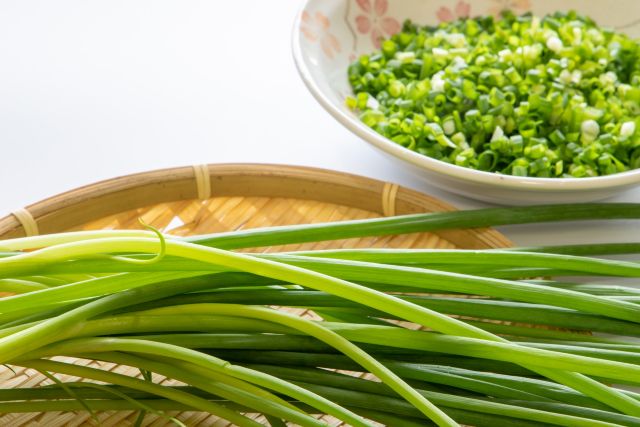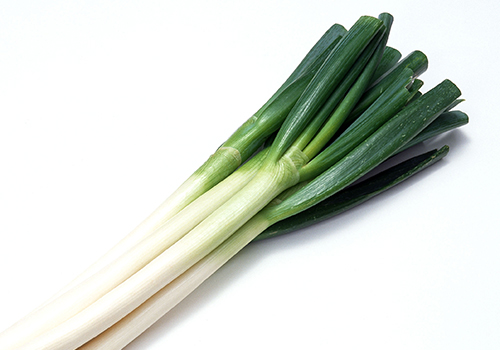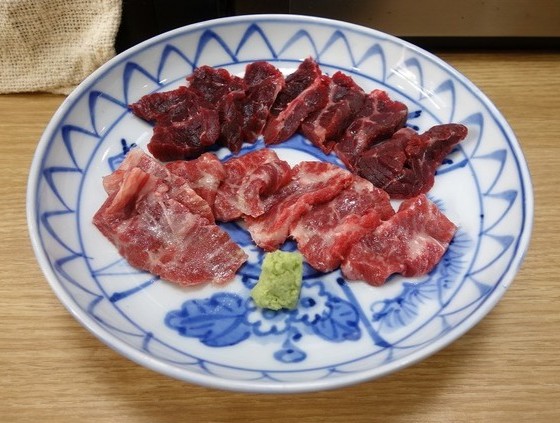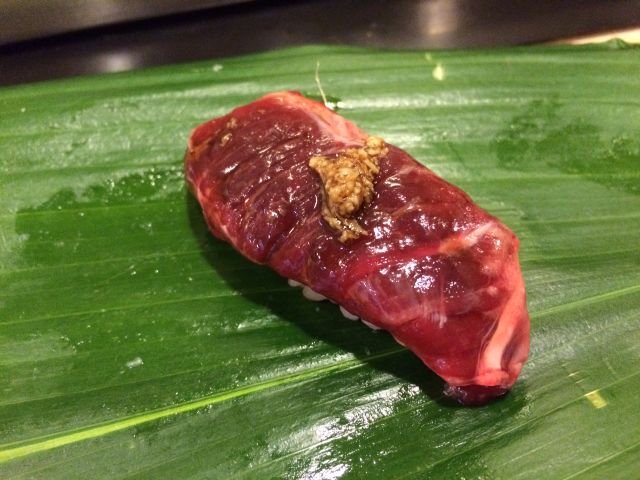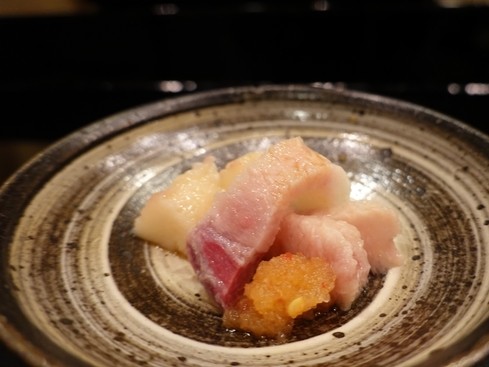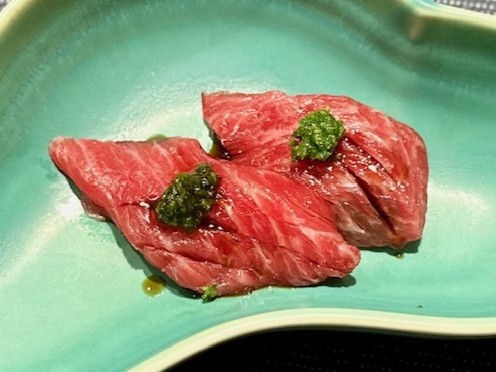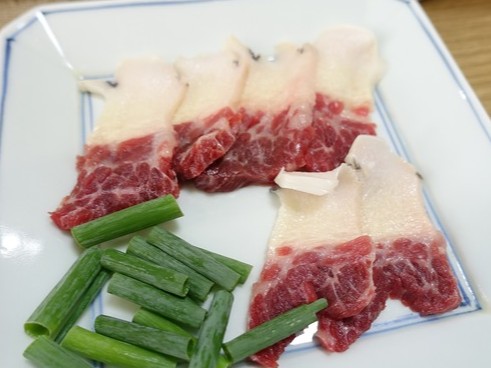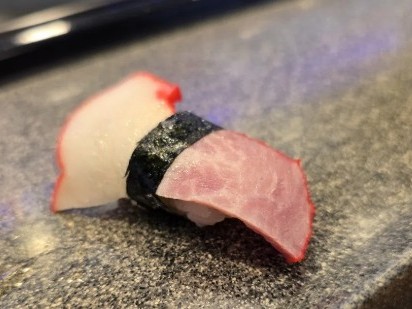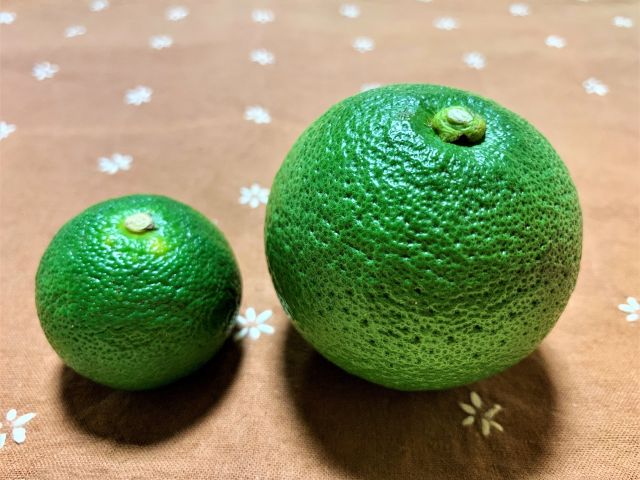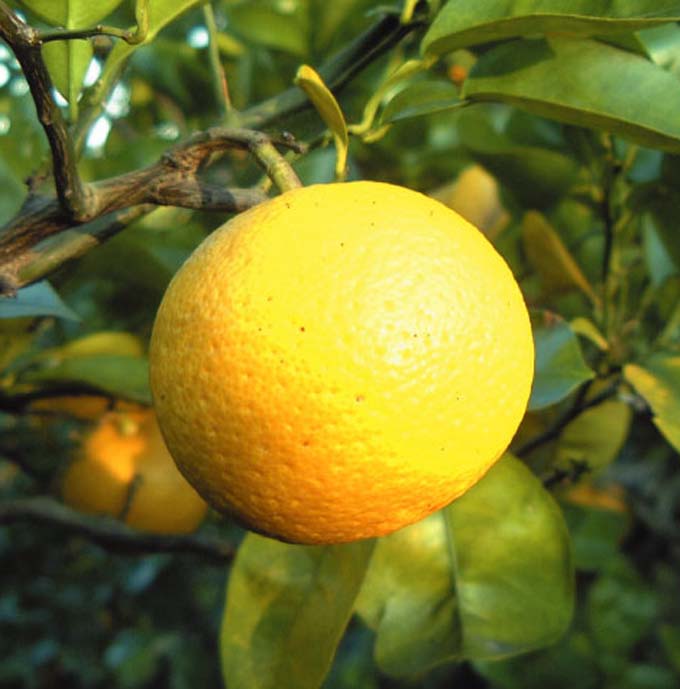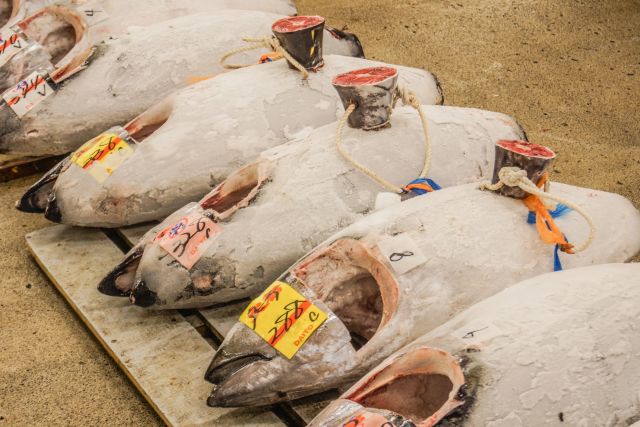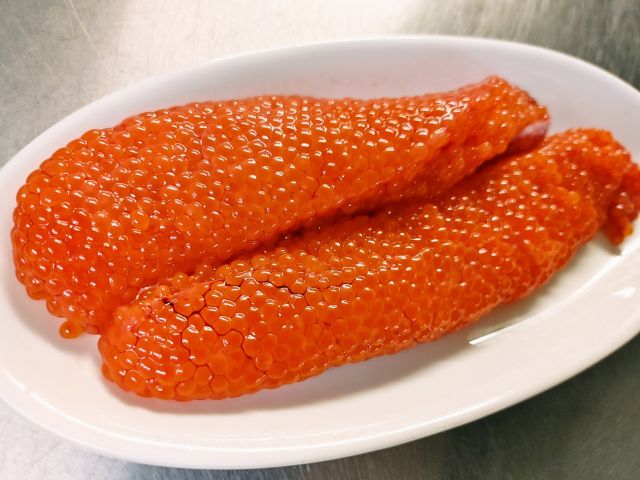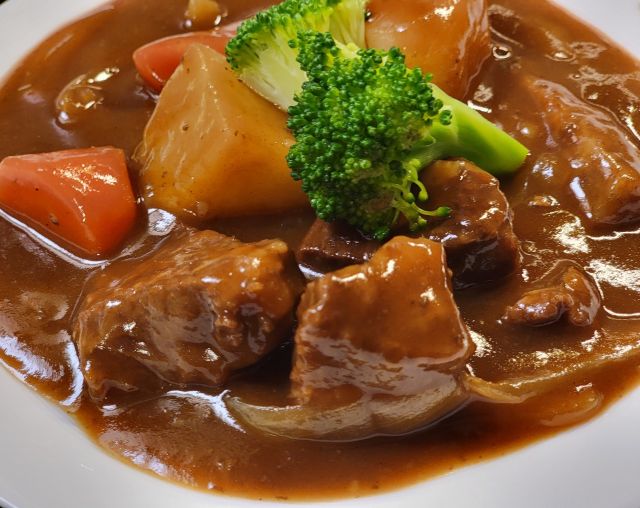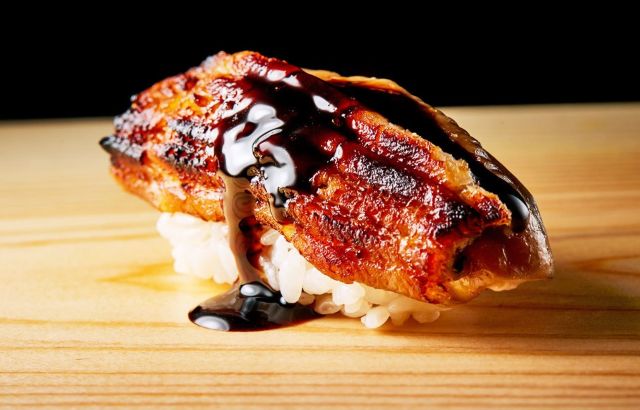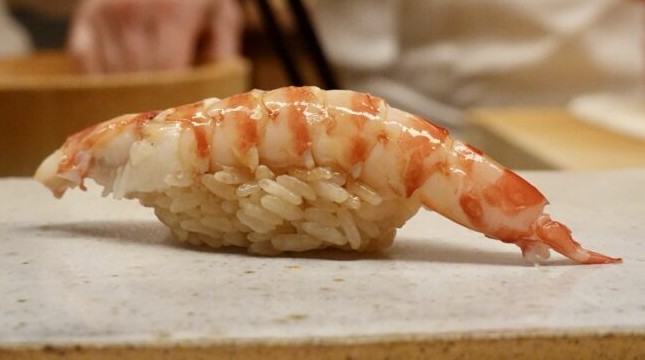
There are several ways to shape sushi rice, and when you look at a finished piece of nigiri from the side, you may notice distinctive forms. These shapes not only influence appearance but can also affect how the sushi is perceived in taste, making them a surprisingly important element.
The most common style is the rice-bale shape (Kometawaragata). A rice bale, traditionally made of straw to store and transport rice, has a cylindrical form, and the sushi rice resembles this when viewed from the side. The bottom that rests on the plate is relatively flat, while the surface in contact with the topping has a gentle curve. This creates a natural harmony with the fish, especially with thinly sliced or oily toppings, making it a versatile and widely used shape.
Another, less common form is the boat-bottom shape (Funazokogata). Seen from the side, it looks like an inverted trapezoid, with the top wider than the base. Because the contact surface between rice and topping spreads out like a fan, it gives the topping firmness and presence. This makes it especially suitable for larger cuts of fish, allowing them to sit beautifully without losing their shape.
The process of forming nigiri is essentially the same for both. Whether it becomes rice-bale shaped or boat-bottom shaped depends on how the chef applies pressure with the fingers. Even pressure produces the rice-bale form, while adding more strength to the bottom creates the boat-bottom form.
There is no inherent superiority between the two. The difference lies simply in shape, not in the skill level of the chef. Understanding these subtle variations can add another layer of appreciation to enjoying sushi.
Many sushi chefs used the Jigamigata technique. The name comes from its resemblance to the paper used for folding fans when viewed from the side. Jigamigata is considered well-suited for nigiri with larger toppings. This may be because in the past, shari often weighed 15g or more, paired with larger pieces of sushi toppings. Nigiri styles can be divided into endless detail, so we’ll stop here.
It is worth noting that, in the culture of Edomae-style sushi, harmony with taste has traditionally been valued more than visual form. The focus has been on the integration of topping and rice and on how the nigiri dissolves in the mouth, rather than on perfect geometric shapes. Consequently, chefs’ training and cookbooks emphasize techniques to enhance flavor rather than the precise shape of the finished sushi. This is also why literature often discusses how to form sushi but rarely describes the final shape in detail.
Related contents:
How to make nigiri sushi: Four essential sushi hand techniques
